Brouwerij 3 Fonteinen has long been among the most well-respected lambic producers in Belgium. 3 Fonteinen was founded by Gaston Debelder in 1953 in Beersel, as a cafe and lambic blendery. The blendery was later taken over by Gaston’s son, Armand, and there have been a lot of changes since then. The detailed history of the blendery and brewery is beyond the scope of this article, but 3 Fonteinen has been covered on this site in these previous articles:
3 Fonteinen: New brewery, same great beers
Enjoying a De Cam/3 Fonteinen Millennium Geuze
Millennium Geuze: the masters reunite, 17 years later
Brouwerij 3 Fonteinen to open large new “Experience Center” with tasting rooms and barrel facility
New 3 Fonteinen and lambik-O-droom site set to open September 1st
Two brew days at Brouwerij 3 Fonteinen
“Twisting the Fate” tasting event at Brouwerij 3 Fonteinen & lambik-O-droom this Friday and Saturday
Brouwerij 3 Fonteinen’s Open Beer Days are August 31-September 2
Brouwerij 3 Fonteinen set for 25 million euro expansion, with new brew hall and tasting cafe
Brouwerij 3 Fonteinen’s lambik-O-droom expansion: a detailed overview
Brouwerij 3 Fonteinen and De lambik-O-droom: updates for 2022, and beyond
Armand Debelder went into semi-retirement in 2018, and sadly passed away in March 2022. Business Manager/CEO Werner van Obberghen and his partner, Director of Brewing and Blending Operations, Michaël Blancquaert, continue to run Brouwerij 3 Fonteinen with their team, which numbers eighteen persons now.
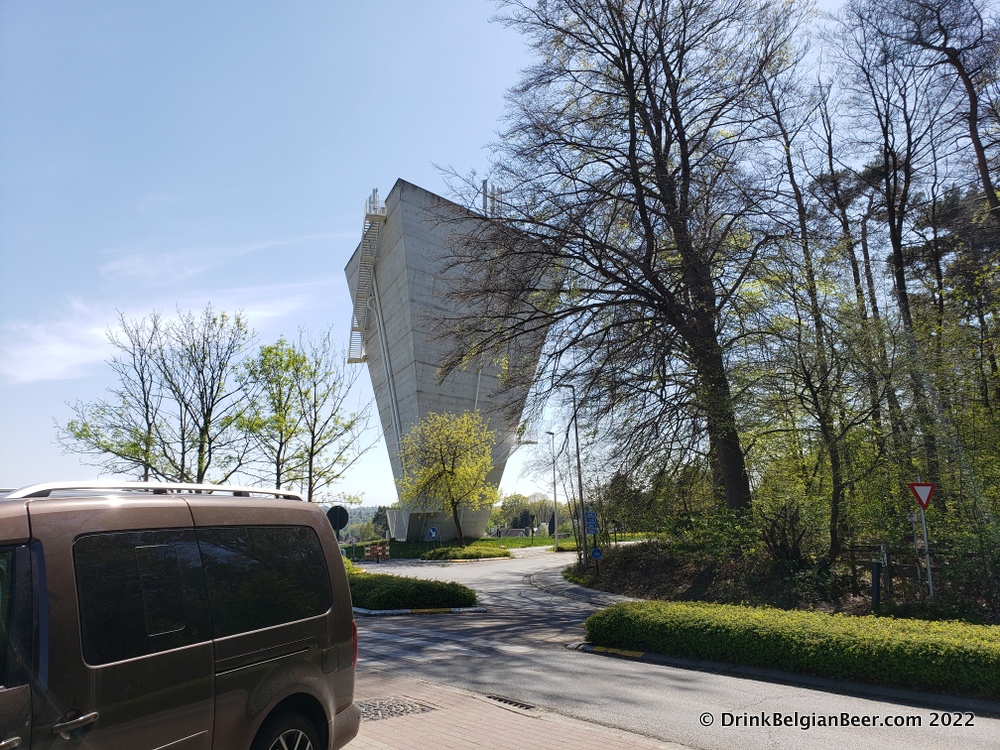
In April 2022, Werner invited me for a visit and tour of some places around the Payottenland and Zenne Valley where farmers they work with are growing organic hops, wheat, and barley. We were accompanied by lambic fans Dave Atkins of the U.K. and Amy Fowler of the U.S. on a sunny spring day.

“It was actually Armand himself that said we should switch to using organically produced raw materials, in the summer of 2017,” Werner remarked. “All of the barley, hops, and wheat that we use in the beers that we brew ourselves have been organically grown since the 2019 harvest. We have been an organically certified brewery since February 2021,” Werner added.

“The first organically certified Armand & Gaston Oude Geuze should appear in about 2 to 3 years,” Werner commented. The A&G is, of course, a blend of only lambics brewed by 3 Fonteinen at their brewery in Beersel, and then aged in their own barrels and foeders.
“All of the fruits we use now are organically grown. The Strawberry (Aardbei) was the first. We have another site in the region where all of the fruits, barley, hops, and wheat are processed and stored, as we do not have the space for that here in Lot at our De Lambik-O-Droom. One of our team members is in charge of this,” Werner says.
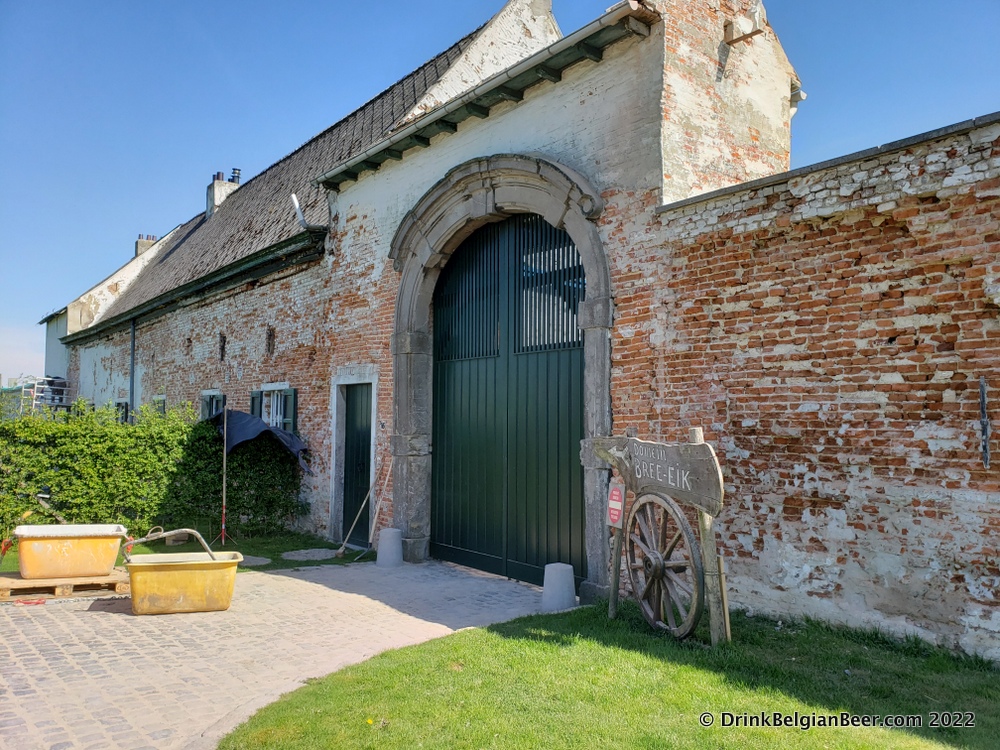

One of the places we visited is the Bree-Eik farm near Lennik, in Sint-Kwintens-Lennik. Bree-Eik is probably the largest farm in the Payottenland and Zenne Valley, and it might be the oldest that still exists there. The original farmhouse dates to the 17th century, and other structures added later date to the 18th and 19th centuries. Bree-Eik also has one of only two organic hop farms in Belgium. The other is in Poperinge.
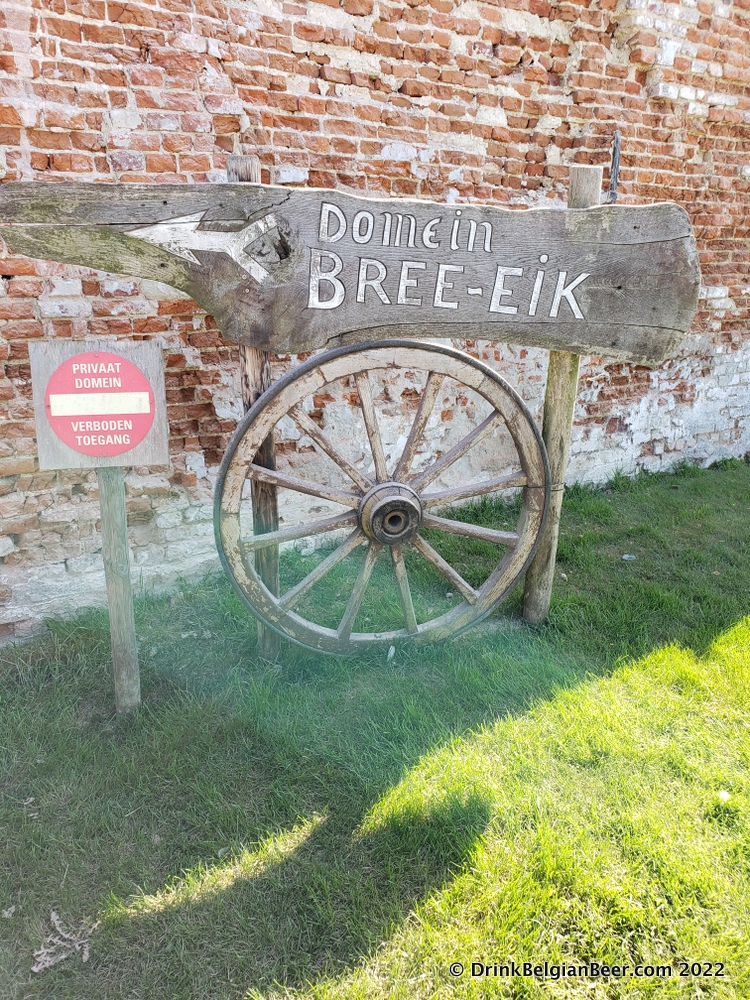
Local sources say that Hof Ter Bree-Eik is one of the gems of the Pajottenland. Hikers/walkers will probably know the farm, because the structure between the rolling fields is part of the Bree-Eik walk. The farm has a rich history. The oldest record of activity there dates to 1408, and in fact, Bree-Eik may date to as early as the 12th century.
Werner commented: “The history of the farm is the subject of a research study that probably will end in a book.”
As to the actual farm buildings, they form a square, and feature a double courtyard, something not often seen. The farmhouse itself is the largest in the region, measuring 60 by 106 meters, or 196 feet by 347 feet. So, the farm buildings and double courtyard cover just over 68,000 square feet.
Werner continues, in the below video:
Werner had this to say about it: “Bree-Eik hosts perhaps the biggest organic agricultural surface in Flanders (they have hop fields and general agricultural fields, with a rotation of 4 years on each field= one year vegetables, one year of rest, one year of wheat, one year of barley.) They have 400 acres of arable land.”
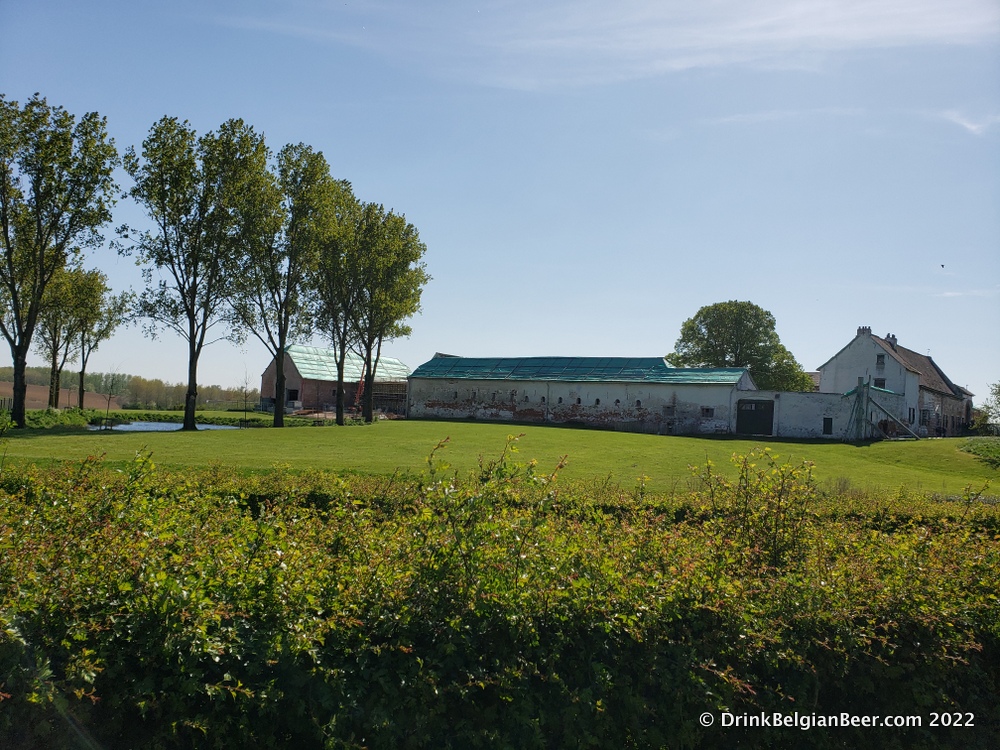
The Bree-Eik farmhouse structures have been undergoing a multi-year renovation, and the plan is for the site to be an agricultural knowledge center specializing in the organic farming of cereal grains, such as barley and wheat, as well as hops.
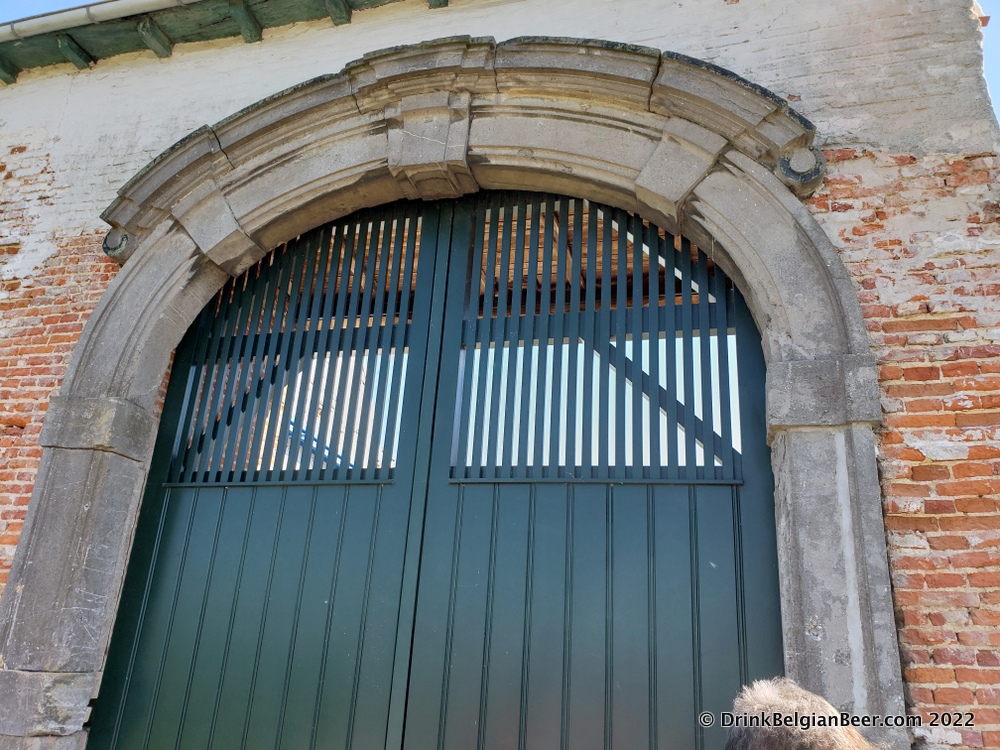
The agricultural knowledge center will have conference rooms, replete with guest accommodations. A caretaker will live on-site, and manage the daily activities. The site and its planned uses is of such importance that it was given a subsidy of 2 million euros by the Flemish government.
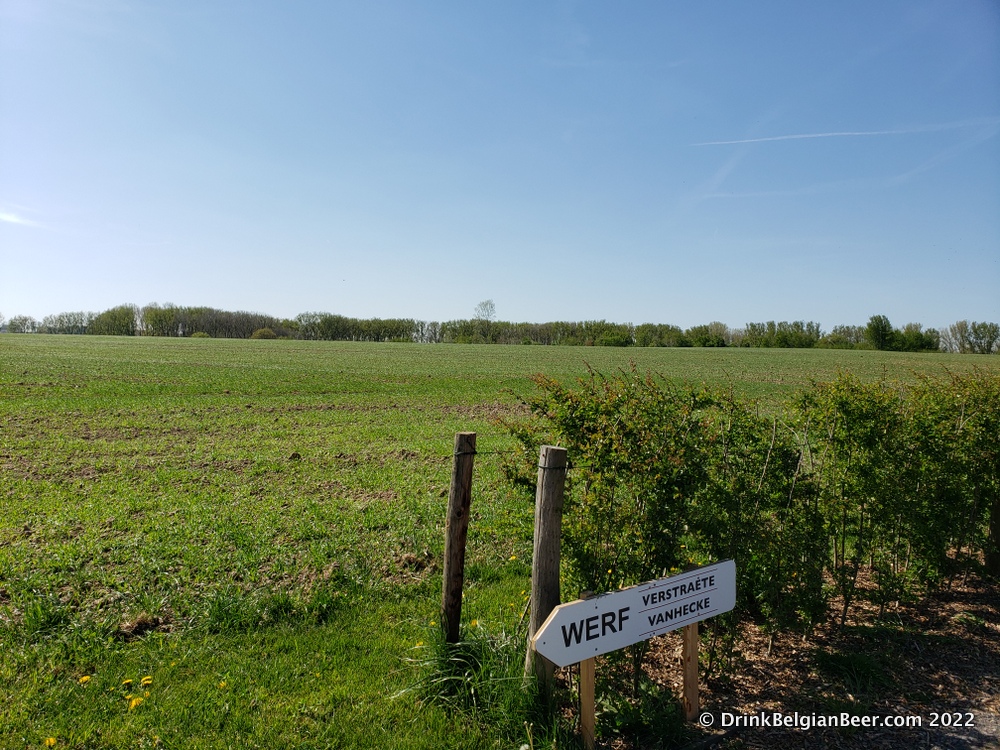
Suffice it to say that Bree-Eik will be a very big deal to the world of organic farming in Belgium in the future. Perhaps one day it might be open for public tours or even have B&B accommodation and a restaurant/cafe, but those are just long term ideas for the moment, and not a certainty.
For an in depth look at the architectural side of the project, see this website here.
For now, the Bree-Eik farm cannot be visited, but it is possible to drive around it and have a look at the site, as it is located just off a public road.
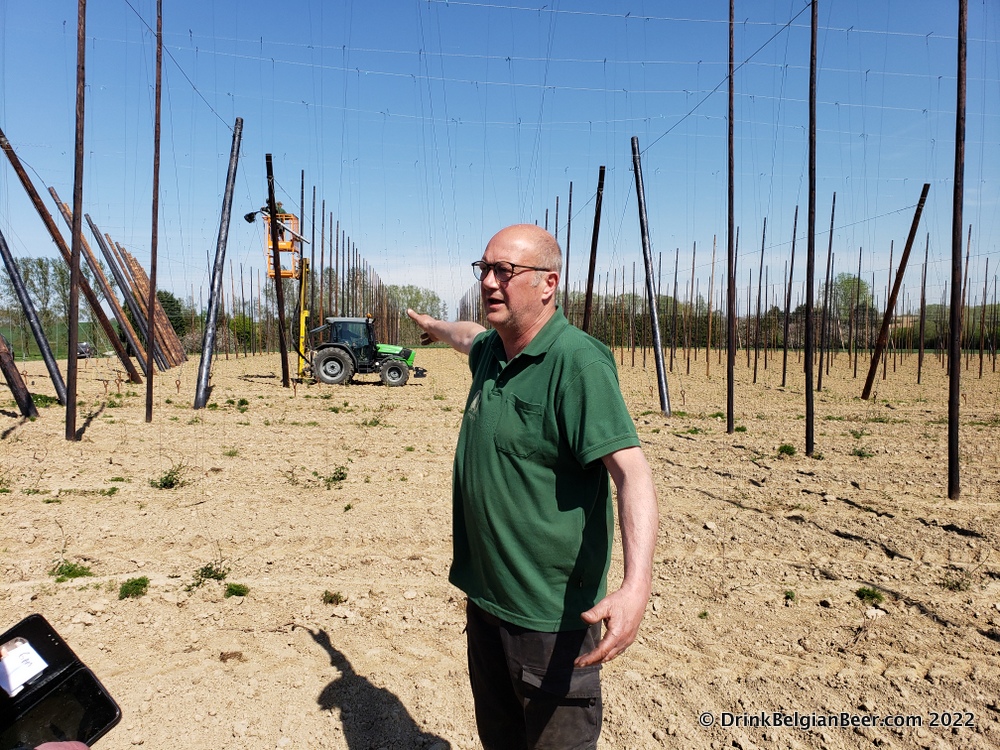
There were five acres dedicated to hop growing during our visit, and seven acres are planned for 2023. “One of the eight farmers that we work with, who is growing different varieties of hops organically, is Koen Lammertyn. He has been growing old styles of local Belgian hops that nearly died out, such as Coigneau and Groene Bel, specifically for 3 Fonteinen. Needless to say, this fits in with our pursuit for a truly local, traditional and genuine/honest lambik, and a long term sustainable model,” Werner says.
Lammertyn, who has been described as the Project Leader for Bree-Eik, also grows other varieties of hops organically, for other breweries. He also wants to include a hop drying unit, or a “hopast” in Flemish, at Bree-Eik, and is researching installing a micro-maltery as well, which could open as early as 2024.
The reason for growing such old varieties as Coigneau is that this hop has a very low bitterness and low alpha acids, which is ideal for lambic growing. Coigneau was highly sought after by lambic brewers up until the 1920’s, according to the book “Lambic: The Untamed Brussels Beer. Origin, Evolution, and Future” by Raf Meert (published 2022.) In fact, the book has an entire subchapter about hops, 3.2.4.
The Coigneau hop was likely named after hop grower Frans Coigneau, who worked in the Asse area in the late 18th century. In fact, the regions of Aalst, Asse, and Ternat were centers for hop growing up until the 1950’s. “There were many families with small hop farms in the region. Eventually, most of them stopped their activities, for various reasons,” Werner commented.
Werner remarked: “Of the eight farmers we closely work together with, all of the them have more or less the same soil surface being sewed. Together, we aim at growing the number of varieties of wheat, and barley to a lesser extent, to be used in our brews. We currently source ALL ingredients within 15 km (9.3 miles) around the brewery.”
He continued: “We aim at giving a fair price and requiring a low yield per field, giving the soil all the natural resilience it needs. As a reference: we strive for a yield of 3.5 tons of cereals per hectare, while industrial models seek over 10 tons per hectare.”
“There is much more planned for Bree-Eik in the future. 25 acres will be planted with ten different varieties of barley in the future. There will also be 30 different varieties of wheat planted. This will be done to see how these different cereal grains work in our lambics,” Werner says.
He added “Sourcing our own cereals costs us roughly four to five times what we would to the ‘Big Boys’ for grains. But we want to be a brewery with all local ingredients, and all organic. We want to go back to our own soil, so to speak. And we want to value the work of our local farmers, and pay them fairly for their work and products.”
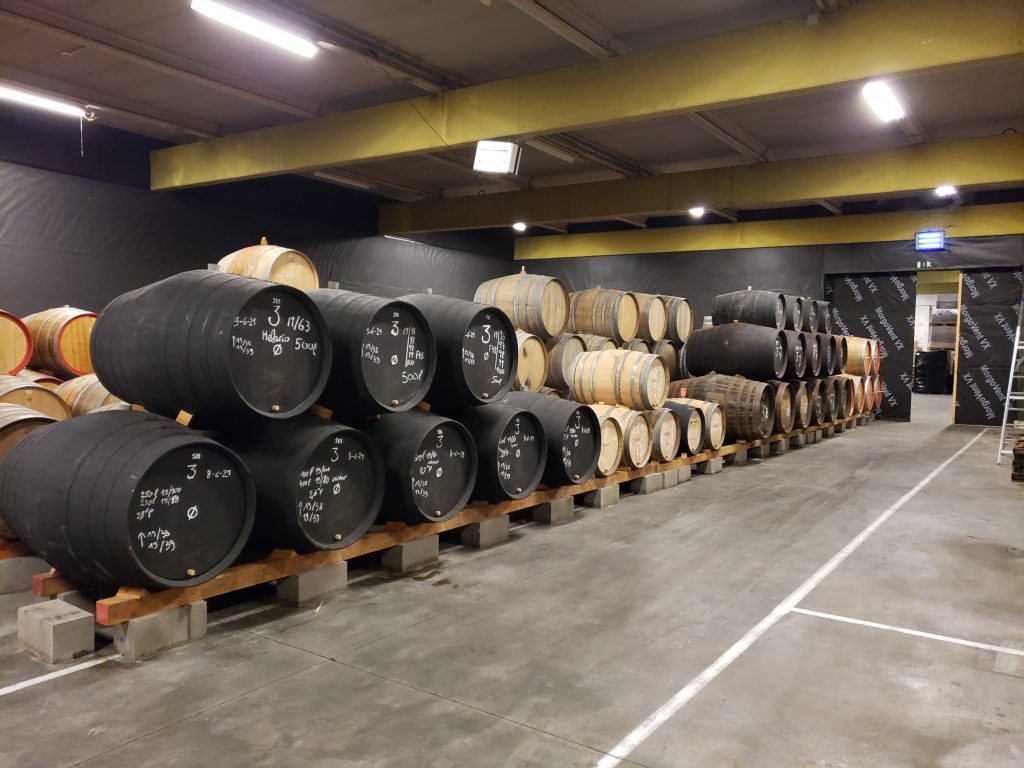
The 3 Fonteinen Lambik-O-Droom tasting cafe and lambic maturation and blending site in Lot is easy to reach, by train from Brussels or Halle. It’s just a five minute walk from the small train stop to the site at Molenstraat 47. However, if you’d really like to see the Payottenland and Zenne Valley, you would need a vehicle.
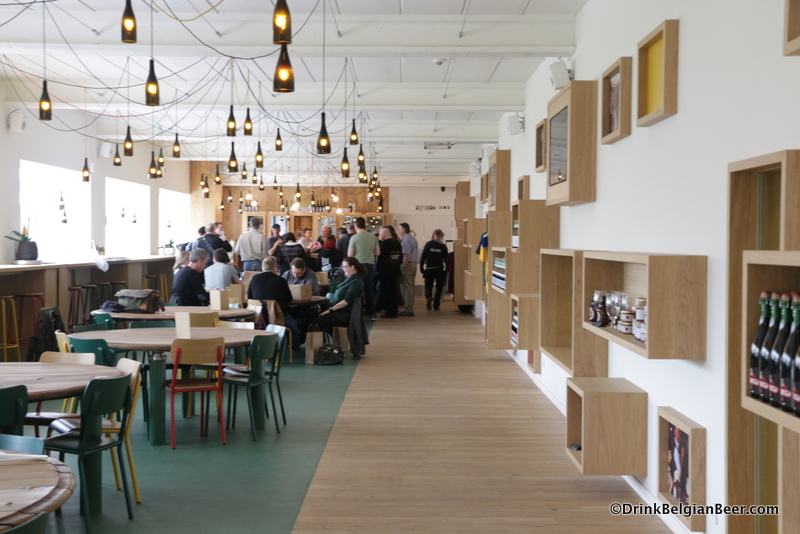
As far as how to get around Belgium’s lambic country, to places hard to reach by public transport, I recommend considering a professional lambic guide. If you want to enjoy tasting lambics at the many lambic breweries, blenderies, cafes, and restaurants in the region, it’s best not to have to drive. Belgium’s drink-driving laws are very strict.
One such lambic tour guide is Patrick Van der Spiegel. As a resident of Halle, ten miles southwest of Brussels in Belgium’s lambic country, he has lived his life savoring and enjoying lambic brews. Patrick has two projects, “The Land of Geuze” and “Lambic Tours” which both have Facebook and Instagram pages. The Lambic Tours website is here.

To sum up, Patrick Van der Spiegel organizes tours to lambic breweries, geuze blenderies, and traditional Belgian pubs in and near the Pajottenland and the Zenne Valley. Patrick guides these tours himself, and can do so in English, Dutch, and French. In addition, there is the possibility to pair these tours with guided tours at breweries or blenderies, with professional tour guides, or lambic brewers/blenders. These tours typically include tasting samples of multiple beers, and an optional lunch or dinner for the whole group.

If you are interested in these custom guided tours, feel free to fill in the contact form on their website (lambictours.com) or send an email to patrick@lambictours.be. It is also possible to send private messages through their Instagram and Facebook pages.
Patrick’s lambic tours can be summed up in one word: Marvelous!

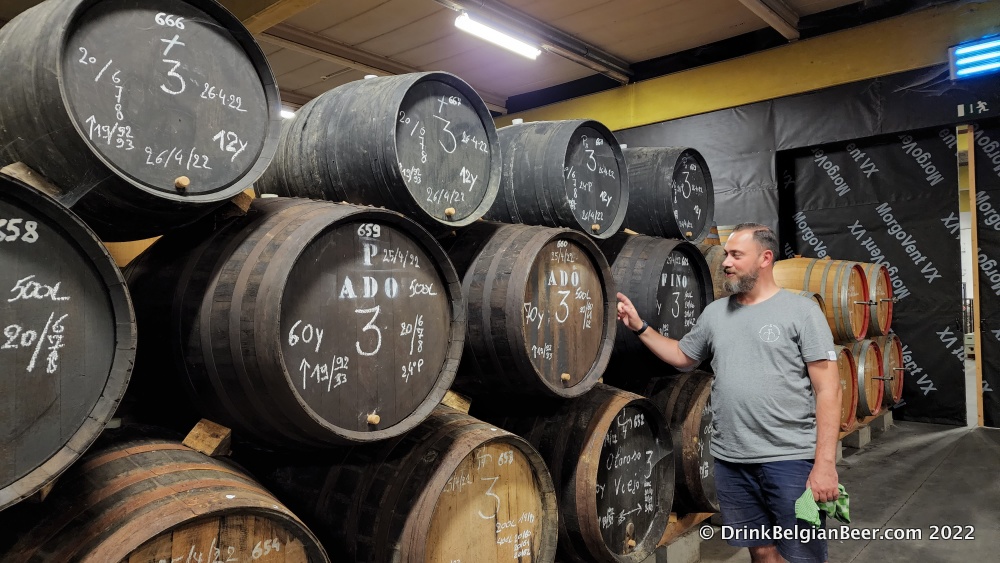
Leave a Reply